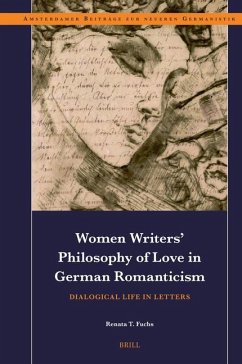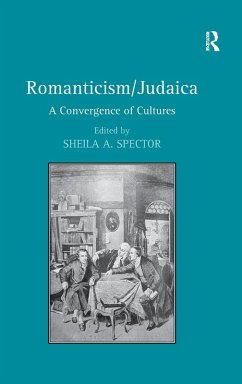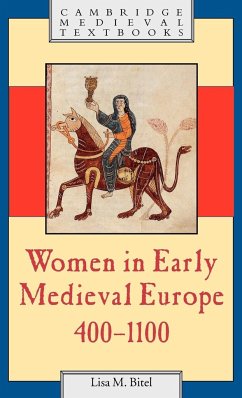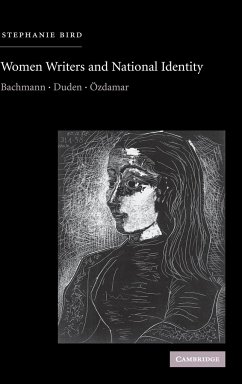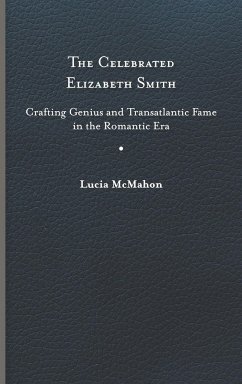
Fatal Women of Romanticism
Versandkostenfrei!
Versandfertig in 1-2 Wochen
89,99 €
inkl. MwSt.
Weitere Ausgaben:

PAYBACK Punkte
45 °P sammeln!
Incarnations of fatal women, or femmes fatales, recur throughout the works of women writers in the Romantic period. Adriana Craciun demonstrates how portrayals of femmes fatales or fatal women played an important role in the development of Romantic women's poetic identities and informed their exploration of issues surrounding the body, sexuality and politics. Craciun covers a wide range of writers and genres from the 1790s through the 1830s. She discusses the work of well-known figures including Mary Wollstonecraft, as well as lesser-known writers like Anne Bannerman. By examining women writer...
Incarnations of fatal women, or femmes fatales, recur throughout the works of women writers in the Romantic period. Adriana Craciun demonstrates how portrayals of femmes fatales or fatal women played an important role in the development of Romantic women's poetic identities and informed their exploration of issues surrounding the body, sexuality and politics. Craciun covers a wide range of writers and genres from the 1790s through the 1830s. She discusses the work of well-known figures including Mary Wollstonecraft, as well as lesser-known writers like Anne Bannerman. By examining women writers' fatal women in historical, political and medical contexts, Craciun uncovers a far-ranging debate on sexual difference. She also engages with current research on the history of the body and sexuality, providing an important historical precedent for modern feminist theory's ongoing dilemma regarding the status of 'woman' as a sex.





